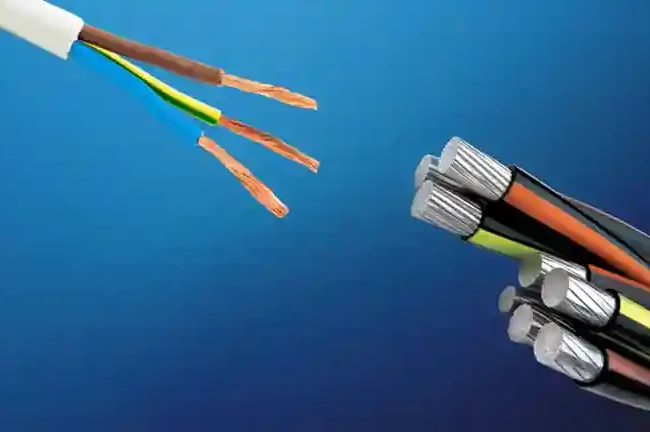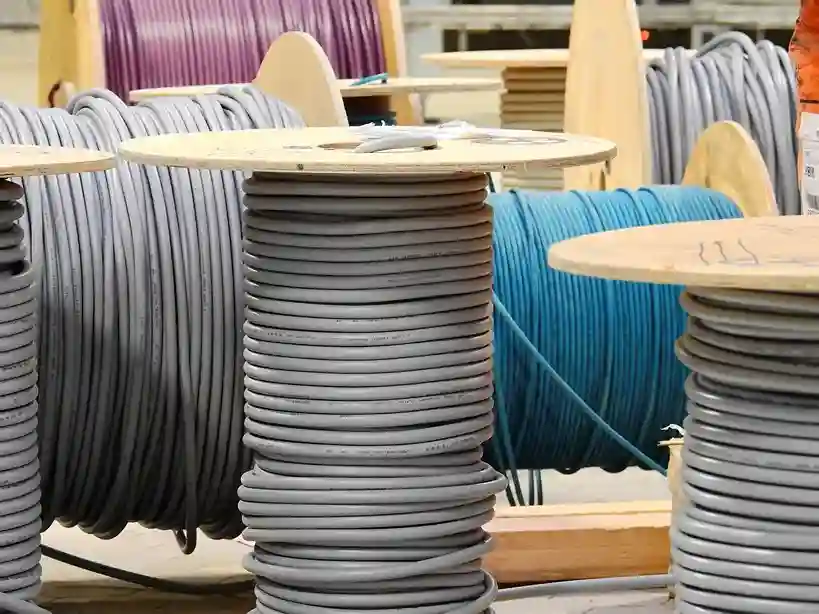
Your PV Solar Cable Sizing Guide
A solar cable size calculator is essential to any photovoltaic (PV) system.
Register for a free trial of CableHero cable sizing calculator on our website.
Based on the solar system, you are going to need a different type of cable.
What Is a Solar Cable?
A PV cable is a relatively bigger cable in diameter.
A protective rubber or plastic coating material called an insulation jacket covers the various wires under that compose a solar cable.
Solar or PV cables and solar wires are terms that have different meanings and purposes.
A PV wire, also known as a conductor, is a singular and smaller component.
A solar cable, on the other hand, is a group of insulated PV wires.
A PV cable may carry any amount of conductors and will vary in its external diameter.
Typically, these types of solar cables used in a solar energy system:
- Direct Current (DC) Solar Cables – single copper cables with insulation which is pre-manufactured in solar panels.
- Main Solar DC Cables – single or two-core PV cables considered as a bigger energy collector that connects from the generator to the inverter.
- Solar Alternating Current (AC) Connection Cables – a solar cable that links the PV power inverter to the equipment and grid.
How Does a Solar Cable Work?
The right solar cable size will properly and efficiently connect the multiple components of a solar power system.
PV energy system wirings and independent or off-grid systems usually connect these components with each other:
- The PV panel produces electricity
- The energy inverter changes DC electricity to AC due to instances where most residential or commercial appliances need AC input
- The charge controller helps avoid overcharging the batteries
- The batteries reserve electrical power for later use
A conductive medium, such as copper, can carry and allow electricity to flow in a PV wire.
The most commonly used material in solar wires is copper.
But there are PV wire producers that use aluminium.
A solar wire can conduct power and operate on its own. But in order to increase the efficiency of a PV cable system, various wires are joined together.
PV wires are usually solid and visible or hidden and insulated.
These wires can either be single or solid wires. Both of which are utilised for many solar applications.
Nevertheless, the mostly used type of solar wire is the stranded wire.
The stranded wire is composed of various smaller sets of wires that all fit together to form the centre of the wire.
The stranded wires are the most typically used wires for solar cables because they allow a reasonable degree of stability.
This type of PV wire can help maintain the structural integrity of the wire that is usually affected by pressure from vibrations and other movements.
For instance, if any type of fauna shake up the solar cables on your roof, or then proceed to bite them while they are connected to your PV panels, you will need the additional defence to ensure the electricity will keep flowing.
How Do You Calculate the Right PV Cable Size?
Before we explain how you can calculate the solar cable size, let us first enumerate some factors that determine it.
The size or cross-sectional diameter of the PV wire to be used should be subject to:
- The power producing capacity of your solar panel. The bigger the electric power created, the bigger the size of the PV cable should be.
- The distance of the PV panel to components and the loads. The farther the distance, the bigger the size of the solar cable to use.
Solar Cable Sizing with AS/NZS 3008
When designing solar energy panel systems in Australia, calculating the PV cable size with the AS/NZS 3008 Standard is a valuable skill.
AS/NZS 3008 deals with an extensive variety of installation rules that allow PV system designers to calculate size cables effectively.
Nonetheless, it also has several limitations which need to be understood while designing.
This will help ensure that the solar system complies with Australian standards and regulations.
It also makes certain that solar designs result in safe and efficient cable choices.
We highly recommend professional consultations with your cable supplier and PV system manufacturer regarding how to comply with standards and reports to size and derate cables.
We also advocate for precise solar cable size calculations compliant with AS/NZS 3008 by. So, we highly suggest that you use CableHero.
Now let’s proceed to how calculations are manually made.
Calculating the PV Cable Size
Each PV cable can only manage a certain amount of amperage and voltage.
You will need different solar cables to connect the PV panels to the inverter, and then that main inverter to the batteries, then the batteries to the battery bank, or the inverter straight to the grid of the house or commercial property.
Here below is a basic guide to help you make the right calculations:
- Determine the voltage drop
To estimate the voltage drop of your PV system, you’re going to have to get the following information from your manufacturer:
- Whole amperage
- Length of the cable, which is measured in feet
- The voltage drop percentage.
Use this formula to estimate voltage drop:
- Amperage x Feet / % of Voltage Drop.
- Calculate size based on voltage drop
In order to establish the right size you need for each cable of the solar system, you need the voltage drop.
Check our article to learn more about the importance of calculating voltage drop.
Your AS/NZS 3008 Solar Cable Size Calculator
Want to calculate the solar cable size accurately and compliant to AS/NZS 3008?
Use CableHero. Register for a free trial of the latest solar cable size calculator.
Disclaimer: Although CableHero provides important and accurate tips and information through this website, CableHero does not make any representations or warranties as to the completeness, precision, trustworthiness, or timeliness of such information, and CableHero does not claim any duty to be held liable from the usage of the information.




